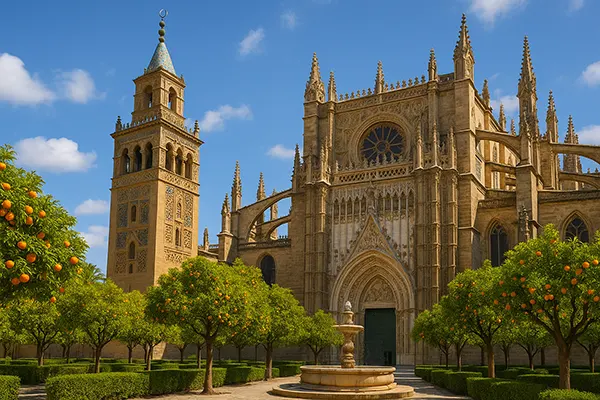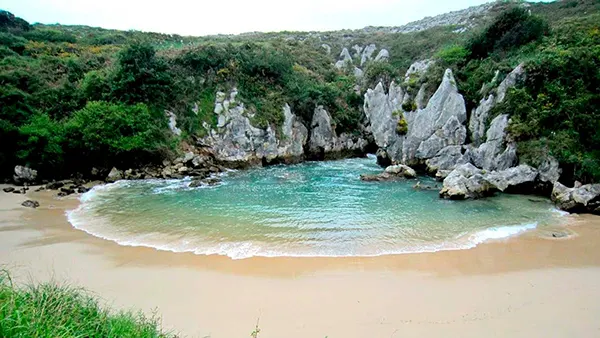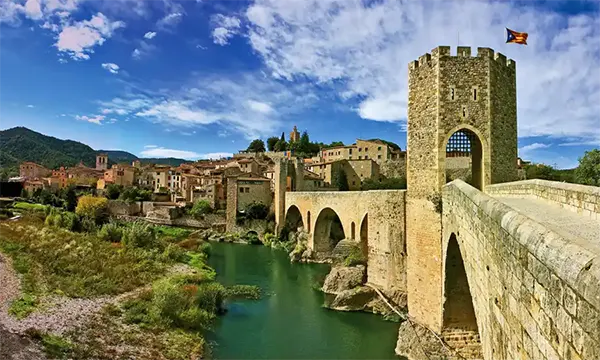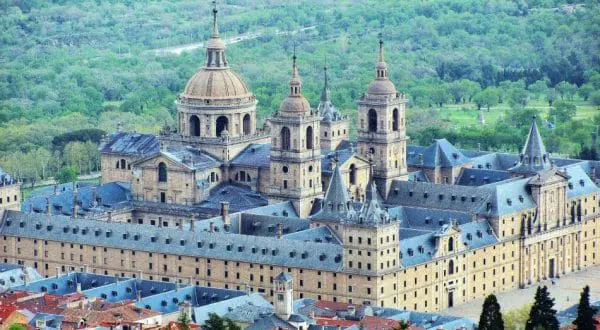Palau de la Música Catalana in Barcelona

Barcelona is rich in beautiful and original landmarks. In fact, you can find an incredible architectural creation in every area of the city. So in El Born, not far from the Gothic Quarter, you’ll find the Palau de la Música Catalana. Not only is it a stunning building in design and architecture, it’s also a working concert hall – and the main one in Catalonia.
History and Modernity of the Palace
Construction took place between 1905 and 1908. The Catalan architect Lluís Domènech i Montanera was in charge of the design. The idea was to create a complete concert hall, combined with the headquarters of a choral society called the Catalan Orpheon.
Over time, a choir room was created in the premises, and a choir school was established. The project was realised with funds donated to the Catalonian Orpheon by those who cared. The current version of the Palau de la Música Catalana features an auditorium with a capacity of 2,200 people.
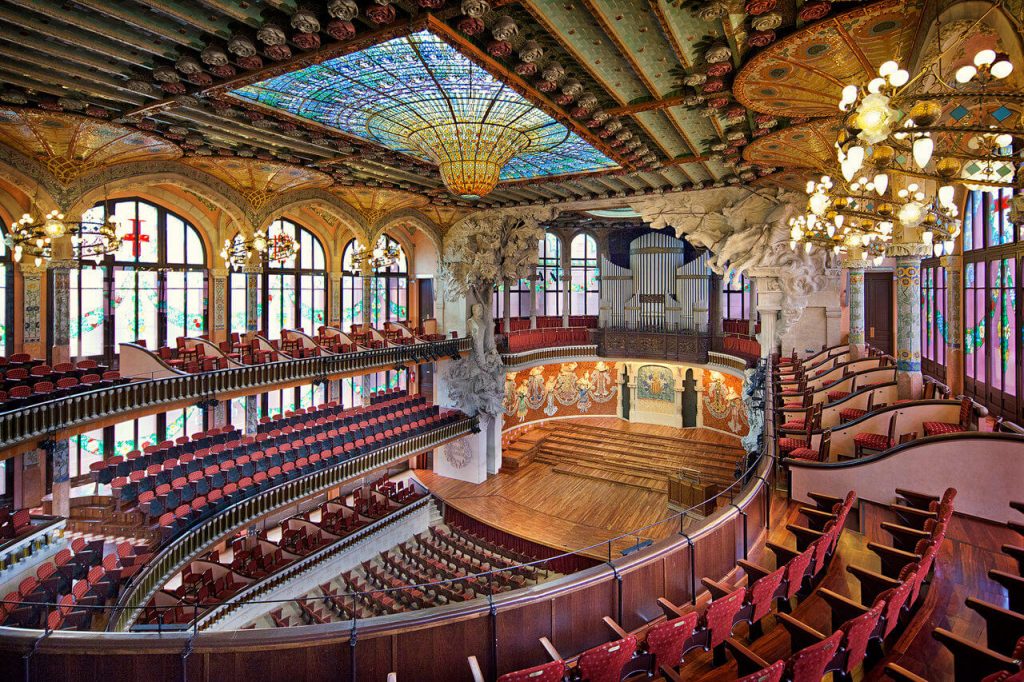
Interior furnishings
The ceiling is made of glass. It has the shape of an inverted dome decorated with various images including images of muses and plant ornaments. To achieve such an effect, stained glass windows of different colours were used, combined into a single canvas. Moreover, the palace is the only such creation on the European territory which features natural light.
The basic colour of the dome is yellow. It is not difficult to guess that it symbolizes the sun. The edges are decorated with the colour blue, which is the sky. There are also some sculptural compositions. They depict Valkyries and Wagner’s Pegasi. Coloured glass can also be seen in the mosaics.
Faсade of the Palau de la Música Catalana
Another feature of the building is its Faсade of the Palau de la Música Catalana. The Faсade has elements from traditional Spanish and Arab architectural cultures. The red brick and iron decoration is complemented with stained glass and mosaics. The combination of rough and light lends a certain charm to the palace.
Additional decorations are the busts of musical geniuses. So one can see Beethoven, Wagner, Bach and others. There is also a sculpture composition that captivates at a glance. The authorship belongs to Miguel Bligh. The composition is called “Catalan Folk Song”.
Various events are held within the walls of the palace. It is dominated by symphonic and chamber concerts. There are also musical performances and operas. Thus the original idea of a choir has expanded considerably.
Occasionally, it is possible to hear contemporary performers in the palace. Today it hosts jazz musicians as well as Spanish pop singers. Famous names of all time who honoured the building with their presence and talent include Mstislav Rostropovich, Monserrat Caballé and many others.

